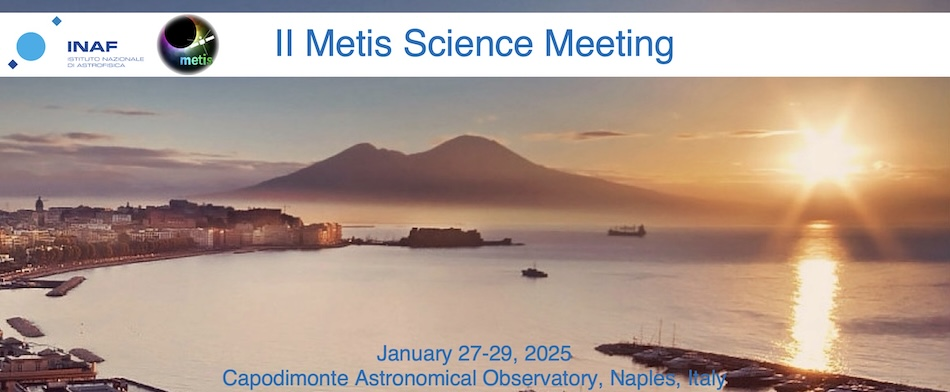Speaker
Description
In standard models of the solar corona, the plasma dynamics in closed coronal loops is assumed to have a negligible effect on the open field. The underlying assumption is that the low beta of the closed corona implies that any plasma pressure variations result in small perturbations in the magnetic field. This assumption breaks down, however, at the tops of helmet streamers where the field becomes open as a result of the gas pressure. At streamer tops, fluctuations in the plasma pressure are likely to drive the opening and closing of flux. This may be the process responsible for the quasi-periodic density enhancements that are commonly observed in coronagraph images of the wind from streamer top regions. We propose that the process of thermal nonequilibrium (TNE) may be driving streamer tops and producing the quasi-periodic enhancements. The physical origin of TNE is that if the heating in a coronal loop is spatially localized near the chromospheric footpoints on a scale that is small compared to the loop height, then no static or steady equilibrium is possible. As a result, the loop undergoes a quasi-periodic cycle of heating and catastrophic cooling, implying strong plasma pressure variability. We present 2.5D MHD simulations of TNE in a streamer field configuration. We find that TNE does, in fact, drive magnetic field dynamics at the streamer apex, which corresponds to the base of the heliospheric current sheet. We discuss the role of TNE in determining the reconnection that occurs at the current sheet. Furthermore, we discuss the implications for observations of the corona and wind, in particular, for Metis. This work was supported by the NASA LWS Program.

